Halong Vietnamese: Scenic Beauty and Cultural Heritage of Vietnam's Ha Long Bay.
Halong Bay - UNESCO World Heritage Site and a popular tourist destination in Vietnam
Located in northeastern Vietnam, Halong Bay is a breathtaking UNESCO World Heritage Site and a top tourist destination. Renowned for its scenic beauty, Halong Bay is a must-visit for nature lovers and adventure seekers alike.

An Overview of Halong Bay
Halong Bay is a mesmerizing collection of around 1,600 limestone islands and islets, spread across an area of about 1,500 square kilometers. These towering karst formations rise dramatically from the emerald green waters of the Gulf of Tonkin, creating a surreal and otherworldly landscape.
The bay got its name from the Vietnamese words "Ha Long", which mean "descending dragon", referring to the local legend that a dragon descended from the heavens and created the islands. This mythical story adds to the allure and mystique of Halong Bay.
The Geological Wonders of Halong Bay
The limestone formations in Halong Bay have been shaped over millions of years by the combined forces of wind, water, and time. The constant erosion and weathering have created a unique landscape that is characterized by towering cliffs, hidden caves, and serene lagoons.
Some of the most famous landmarks within Halong Bay include Sung Sot Cave, also known as the Surprise Cave, which showcases stunning stalactite formations, and Dau Go Cave, which boasts ancient Vietnamese calligraphy preserved on its walls.
An Abundance of Wildlife
Halong Bay is not only physically striking but also rich in biodiversity. The bay is home to a wide array of marine and terrestrial creatures, including rare plant species, coral reefs, and various marine mammals.
Fishing is a major part of the local economy, and visitors to Halong Bay can observe traditional fishing practices carried out by local communities. The bay is also a popular destination for birdwatching enthusiasts, as it provides a habitat for many migratory bird species.

Exploring Halong Bay
There are numerous ways to explore the beauty of Halong Bay. Sailing on a traditional junk boat is a popular choice, allowing visitors to glide through the calm waters and marvel at the stunning scenery. Some boats even offer overnight cruises, providing an opportunity to witness the breathtaking sunsets and the star-filled night sky.
For the more adventurous, kayaking is a fantastic way to get up close to the limestone cliffs and explore the hidden caves and lagoons. Scuba diving and snorkeling are also popular activities, allowing visitors to discover the vibrant underwater world of Halong Bay.
Additionally, hiking enthusiasts can embark on treks to various viewpoints, where they can soak in panoramic vistas of the bay and its surroundings.
Halong Bay is truly a natural wonder and a destination that should be on everyone's travel list. Its unique landscapes and abundant wildlife make it a treasure that must be experienced firsthand.
Ha Long, a Vietnamese city in Quang Ninh Province known for its stunning landscapes
Located in Quang Ninh Province in northern Vietnam, Ha Long is a vibrant city known for its stunning landscapes and proximity to the famous Halong Bay. With its rich history and natural beauty, Ha Long offers a range of attractions and activities for visitors to enjoy.
A Brief History of Ha Long
The name "Ha Long" translates to "descending dragon" in Vietnamese folklore. According to legend, dragons were sent to fight off invaders, and their thrashing tails created the islands and islets that dot the bay. This mythical origin has shaped the culture and identity of Ha Long.
In modern times, Ha Long has developed rapidly, with tourism playing a significant role in its economic growth. The city has become a hub for visitors exploring Halong Bay, with many hotels, restaurants, and entertainment venues catering to tourists.
The Natural Beauty of Ha Long
While Halong Bay is the main attraction, Ha Long itself is not to be overlooked. The city offers its fair share of natural wonders, including stunning beaches, lush forests, and scenic mountains.
One of the most famous landmarks in Ha Long is Bai Chay Beach, a long stretch of golden sand that attracts locals and tourists alike. The beach is an ideal spot for swimming, sunbathing, and leisurely walks along the shore.
Halong City is also surrounded by mountains, providing ample opportunities for hiking and exploration. With trails suitable for all levels of fitness, visitors can enjoy panoramic views of the bay and the city below.
Exploring Ha Long City
In addition to its natural beauty, Ha Long offers a range of cultural and historical attractions. The city is home to several temples and pagodas, such as Long Tien Pagoda and Ba Vang Pagoda, which are popular sites for spiritual reflection.
The Ha Long Night Market is a bustling hub of activity, where visitors can shop for local souvenirs, try street food, and immerse themselves in the vibrant atmosphere of Vietnamese market culture.
For those seeking a more tranquil experience, the Sun World Ha Long Park offers amusement rides, a giant Ferris wheel, and a cable car that provides panoramic views of the bay and the city.
Gastronomy in Ha Long
A visit to Ha Long would not be complete without indulging in the rich flavors of Vietnamese cuisine. The city is home to a variety of restaurants and street food stalls, where visitors can savor iconic dishes such as pho, banh mi, and fresh seafood.
The freshness of the ingredients, combined with the skillful preparation, results in mouthwatering meals that showcase the unique flavors of Vietnam.
Ha Long is a city that effortlessly combines natural beauty, cultural heritage, and gastronomic delights. Whether exploring the breathtaking landscapes of Halong Bay or immersing oneself in the vibrant atmosphere of the city, Ha Long promises an unforgettable experience for every traveler.
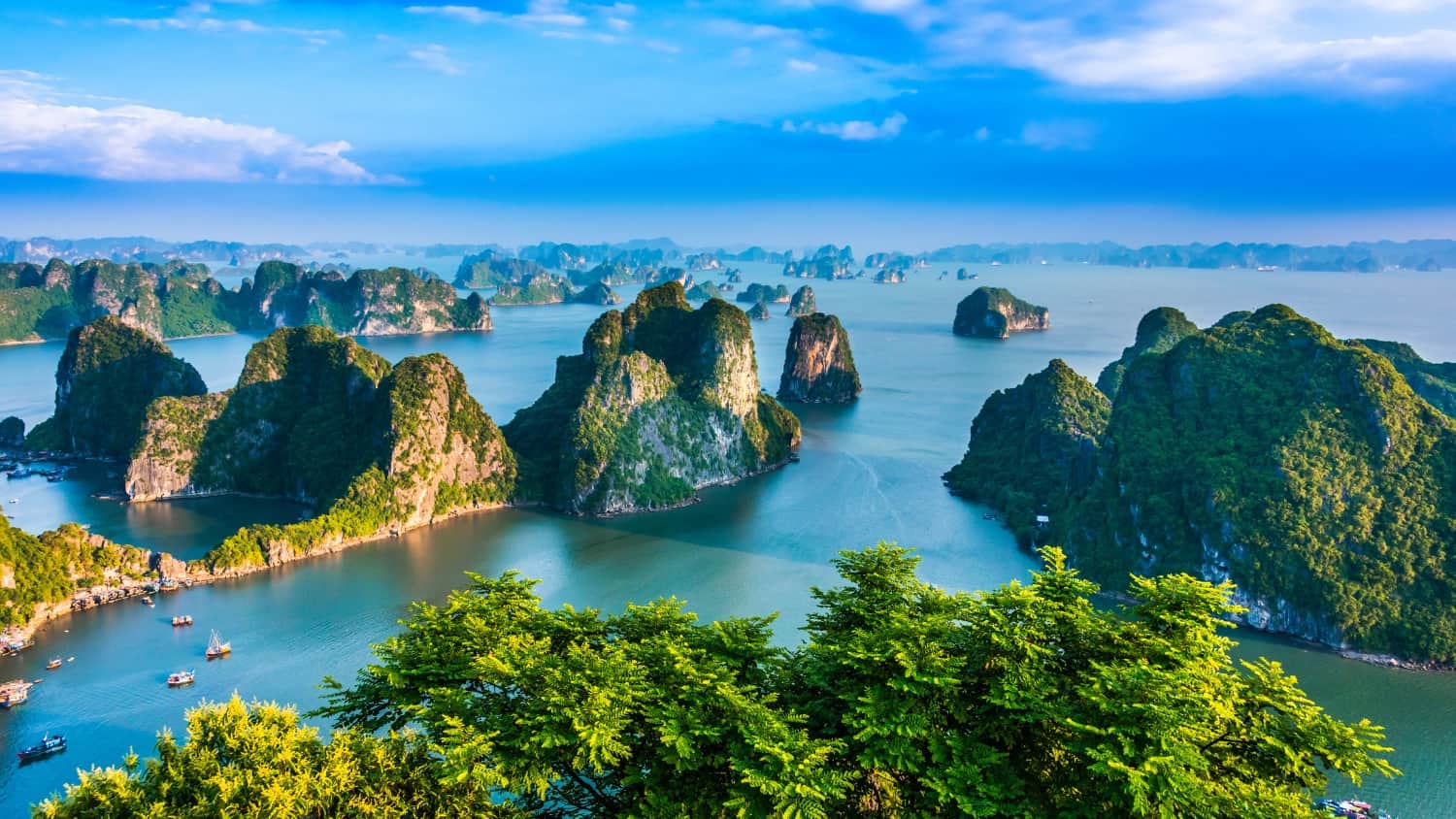
Vietnamese cuisine - Experience the unique flavors and dishes of Vietnam, including pho and banh mi
Vietnamese cuisine is renowned worldwide for its unique flavors, fresh ingredients, and balanced combination of textures. From the famous street food stalls to upscale restaurants, Vietnam offers a diverse range of culinary delights that cater to all tastes and preferences.
An Introduction to Vietnamese Cuisine
Vietnamese cuisine is characterized by its vibrant flavors, fragrant herbs, and the generous use of fresh vegetables. The cuisine reflects the country's geographical diversity and draws inspiration from neighboring countries like China and Thailand, as well as its colonial past.
One of the most iconic dishes of Vietnam is pho, a flavorful noodle soup that is typically made with beef or chicken. The soup is infused with aromatic herbs and spices, such as star anise, cinnamon, and ginger, giving it a rich and comforting taste.
Another beloved Vietnamese dish is banh mi, a French-inspired baguette sandwich filled with various ingredients, including grilled meats, pickled vegetables, and pate. The combination of savory, sweet, and tangy flavors makes banh mi a true delight for the taste buds.
Regional Specialties
Vietnam's regional diversity is reflected in its cuisine, with each region boasting its own specialties and culinary traditions.
In the north of Vietnam, you will find dishes like bun cha, which consists of grilled pork served with rice noodles, fresh herbs, and a dipping sauce. The north is also known for its delicate spring rolls, wrapped in rice paper and filled with ingredients like shrimp, pork, and crunchy vegetables.
In central Vietnam, the cuisine is influenced by the imperial city of Hue. Here, you can savor dishes like banh xeo, a crispy pancake filled with shrimp, pork, and bean sprouts, and bun bo Hue, a spicy beef noodle soup that showcases the region's bold and robust flavors.
Southern Vietnamese cuisine, on the other hand, is characterized by its sweetness and the use of tropical fruits and coconut milk. Dishes like banh xeo, a savory pancake filled with shrimp, pork, and bean sprouts, and fresh spring rolls, wrapped in rice paper and filled with herbs, noodles, and grilled meat or seafood, capture the essence of Southern cuisine.
Street Food Culture
Vietnam's street food scene is legendary, and exploring the bustling street markets and food stalls is an essential part of any culinary adventure in the country.
From the ubiquitous banh mi stands to the aromatic steaming bowls of pho, street food vendors offer an array of delicious and affordable options. Some other must-try street food dishes include bun cha gio, crispy fried spring rolls served with vermicelli noodles and fresh herbs, and banh cuon, delicate rice rolls filled with minced pork and mushrooms.
Vietnamese cuisine is not only about the main dishes; it also boasts a variety of desserts and beverages. Visitors can satisfy their sweet tooth with treats like che, a refreshing dessert soup made with beans, fruits, and coconut milk, or indulge in a cup of ca phe sua da, strong Vietnamese iced coffee, often served with condensed milk.
Exploring the flavors of Vietnamese cuisine is a delightful journey of the senses. Whether at a street food stall or a fine dining establishment, the unique flavors and dishes of Vietnam are sure to leave a lasting impression.
Explore Vietnamese culture - Learn about the rich history, traditions, and customs of Vietnam
Vietnamese culture is a rich tapestry woven from centuries of history, traditions, and customs. Rooted in the Vietnamese people's resilience and resourcefulness, the culture is shaped by diverse influences, including Confucianism, Buddhism, and the country's struggle for independence.
Ancient Roots and Historical Significance
Vietnamese culture has deep historical roots, with evidence of human habitation dating back thousands of years. The region now known as Vietnam was once part of ancient kingdoms and empires, such as the Van Lang Kingdom and the Champa Empire.
The culture was strongly influenced by Chinese rule for more than a thousand years. Confucianism, with its emphasis on respect for hierarchy and filial piety, became an integral part of Vietnamese society. Chinese characters were used in writing, and the Vietnamese language incorporated many loanwords from Chinese.
Modern Vietnamese culture is also heavily influenced by the struggles for independence against foreign powers, including the French and the Americans. The Vietnam War, in particular, played a significant role in shaping the country's identity and sense of national pride.
Traditional Customs and Festivals
The Vietnamese people hold strong traditions and customs that are passed down through generations. These customs are often tied to important life events, such as birth, marriage, and death, as well as to annual festivals and holidays.
Tet Nguyen Dan, or simply Tet, is the most important and widely celebrated festival in Vietnam. It marks the beginning of the Lunar New Year and is a time for family reunions, feasting, and paying respects to ancestors. Tet is characterized by vibrant decorations, traditional games, and the giving of lucky money to children.
Another significant festival is the Mid-Autumn Festival, which is held on the 15th day of the eighth lunar month. This festival celebrates the harvest season and is especially beloved by children who carry colorful lanterns and enjoy mooncakes.
Traditional customs, such as ancestor worship and paying respects to elders, are deeply ingrained in Vietnamese culture. The concept of "filial piety," or respect for one's parents and ancestors, is considered one of the fundamental virtues in Vietnamese society.
Art, Literature, and Performing Arts
Vietnamese culture is rich in artistic expression, with various forms of art, literature, and performing arts playing a significant role in preserving and promoting cultural heritage.
Traditional Vietnamese art includes lacquer painting, silk painting, and pottery, all of which exhibit intricate designs and delicate craftsmanship. Vietnamese literature, both ancient and contemporary, is celebrated for its poetic beauty and deep philosophical insights.
The performing arts, such as traditional music and dance, are an integral part of Vietnamese culture. Hat cheo, a form of traditional opera, and ca tru, a genre of chamber music performed by female vocalists, are important cultural expressions that have been recognized by UNESCO as intangible cultural heritage.
Vietnamese culture is a rich tapestry of history, traditions, and customs that continue to shape the country's identity. Exploring this vibrant culture provides valuable insights into the Vietnamese people's resilience, creativity, and their deep connection to their heritage.
Vietnamese language - Discover the basics of speaking and understanding Vietnamese
Vietnamese is the official language of Vietnam, spoken by the majority of the population. With its unique tonal system and distinctive writing script, the Vietnamese language offers both challenges and rewards for those who seek to learn it.
.jpg)
The Basics of Vietnamese Language
Vietnamese belongs to the Austroasiatic language family and is closely related to languages spoken in neighboring countries, such as Khmer and Mon. However, it is distinct from other Southeast Asian languages due to its tonal nature and its use of the Roman alphabet for writing.
One of the most challenging aspects of learning Vietnamese is its tonal system. The language has six tones, which can change the meaning of a word. The tones are marked by diacritical marks, known as tone marks, which appear above or below vowel letters in the written form.
Despite its challenges, Vietnamese can be a rewarding language to learn. Its grammar is relatively straightforward, with no verb conjugation or grammatical gender. The vocabulary is largely monosyllabic and can be deciphered through context and repetition.
Useful Phrases and Expressions
Here are some useful phrases and expressions to get you started with speaking Vietnamese:
- Xin chào: Hello/greetings
- Cám ơn: Thank you
- Xin lỗi: Excuse me/sorry
- Tên tôi là...: My name is...
- Tôi hiểu tiếng Anh: I understand English
- Bạn có thể giúp tôi được không?: Can you help me?
- Xin lặp lại: Please repeat
Expanding Your Vocabulary
Expanding your vocabulary is essential for gaining proficiency in Vietnamese. Learning basic vocabulary words related to daily life, such as greetings, numbers, and food, is a good starting point.
Additionally, it is helpful to practice listening and speaking skills through conversations with native speakers or language exchange programs. Listening to Vietnamese music, watching Vietnamese movies or TV shows, and reading Vietnamese books or online articles can also aid in language acquisition.
The Beauty of Language
Learning Vietnamese allows you to immerse yourself in the rich culture and history of Vietnam. It opens up opportunities to connect with locals, delve deeper into the country's traditions, and gain a greater appreciation for its people.
While mastering a language takes time and effort, the rewards of learning Vietnamese extend far beyond comprehension alone. It is a gateway to understanding the nuances of Vietnamese culture and forging meaningful connections with its speakers.
Halong Bay cruises - Take a memorable boat tour through the beautiful limestone islands of Halong Bay
Halong Bay is a stunning UNESCO World Heritage site located in northeastern Vietnam. Known for its emerald waters and thousands of towering limestone islands, Halong Bay is a must-visit destination for travelers seeking natural beauty and tranquility. One of the best ways to experience this breathtaking landscape is by taking a cruise through the bay.
Types of Cruises
There are a variety of cruise options available in Halong Bay, catering to different preferences and budgets. Luxury cruises offer top-notch amenities, spacious cabins, and gourmet dining experiences. Mid-range cruises provide comfortable accommodations and delicious meals, while budget cruises offer basic facilities for those on a tighter budget.
Itinerary and Activities
Most Halong Bay cruises last for one or two nights, allowing travelers to fully immerse themselves in the beauty of the bay. Cruises typically include visits to popular attractions such as Sung Sot Cave, Ti Top Island, and Luon Cave. Activities may include kayaking, swimming, squid fishing, and cooking classes, offering a diverse range of experiences for all travelers.
Choosing the Right Cruise
When selecting a Halong Bay cruise, it is important to consider factors such as the cruise's reputation, safety record, and customer reviews. Additionally, consider the level of comfort and amenities provided, as well as the activities and sights included in the itinerary. It is also worth checking if the cruise offers English-speaking guides and if dietary restrictions can be accommodated.
Tips for a Memorable Cruise
To make the most of your Halong Bay cruise, pack sunscreen, a hat, and insect repellent to protect yourself from the sun and insects. It is also advisable to bring a light jacket or sweater, as temperatures can get cooler in the evenings. Don't forget to bring a camera to capture the stunning scenery and create lasting memories of your trip.
Visit the floating villages in Halong Bay - Experience the unique way of life on the water
One of the most fascinating aspects of Halong Bay is its floating villages. These villages, home to local fishermen and their families, offer a unique insight into the traditional way of life on the water. Visiting a floating village is a highlight of any trip to Halong Bay, allowing travelers to connect with the local culture and witness the resilience of the people who call the bay home.
Types of Floating Villages
In Halong Bay, there are several floating villages that can be visited. Cua Van is the largest and most well-known floating village, housing hundreds of households. Vung Vieng and Ba Hang are smaller villages, providing a more intimate and authentic experience. Each village has its own distinct charm and offers a glimpse into the daily lives and traditions of its inhabitants.
Activities in Floating Villages
When visiting a floating village, there are several activities that travelers can participate in to learn more about the local way of life. Take a boat ride through the village to see the houses, schools, and fish farms up close. Engage in conversations with the villagers and gain insights into their livelihoods and customs. Some villages also offer the opportunity to try traditional fishing techniques or experience a local meal.
Responsible Tourism
It is important to practice responsible tourism when visiting floating villages in Halong Bay. Respect the privacy and traditions of the villagers, ask for permission before taking photographs, and avoid littering or disturbing the marine environment. Supporting local artisans or purchasing handicrafts made by villagers can also contribute to their economic well-being.
Halong Bay weather - Understand the best time to visit Halong Bay for optimal weather conditions
When planning a trip to Halong Bay, it is essential to consider the weather conditions to ensure an enjoyable experience. The weather in Halong Bay can vary significantly throughout the year, with distinct seasons impacting the landscape and activities available.
High Season (October - April)
The high season in Halong Bay coincides with the cooler months from October to April. During this time, the weather is generally pleasant, with mild temperatures and low humidity. This is considered the best time to visit Halong Bay, as the skies are clear, and the bay's natural beauty is showcased in all its glory.
Low Season (May - September)
The low season in Halong Bay falls between May and September and is characterized by hotter temperatures and occasional rain showers. While the weather may be less favorable during this time, it is still possible to enjoy a cruise and explore the bay's attractions. Additionally, the low season offers the advantage of fewer tourists and potentially lower prices.
Typhoon Season
From July to September, Halong Bay is susceptible to typhoons due to its location in the typhoon belt. During this period, there is a higher risk of storms and heavy rainfall. It is advisable to monitor weather forecasts and follow any safety instructions provided by tour operators or authorities. It is also recommended to purchase travel insurance that covers any unforeseen weather-related disruptions.
Halong Bay resorts and accommodations - Find the perfect place to stay during your trip to Halong Bay
With its increasing popularity as a tourist destination, Halong Bay offers a wide range of resorts and accommodations to suit every traveler's preferences and budgets. From luxurious beachfront resorts to budget-friendly guesthouses, there are plenty of options available to make your stay in Halong Bay comfortable and memorable.
Luxury Resorts
For travelers seeking the pinnacle of luxury and relaxation, there are several high-end resorts in Halong Bay. These resorts offer elegant rooms and suites, world-class amenities such as spas, swimming pools, and gourmet restaurants, as well as stunning views of the bay. Some of the renowned luxury resorts in Halong Bay include Vinpearl Resort & Spa, Paradise Suites Hotel, and Royal Halong Hotel.
Boutique Hotels
If you prefer a more intimate and personalized experience, boutique hotels in Halong Bay provide a charming and unique stay. These smaller accommodations offer stylish rooms, personalized service, and often feature distinctive designs that reflect the local culture. Examples of boutique hotels in Halong Bay include La Vela Premium Cruise Hotel and Halong Ginger House.
Budget Accommodations
Travelers on a tight budget can find affordable guesthouses, hostels, and budget hotels in Halong Bay. While these accommodations may offer simpler facilities and fewer amenities, they provide a comfortable and cost-effective option for those looking to explore Halong Bay without breaking the bank. Some popular budget accommodations include Halong Hidden Charm Hotel and Halong Boutique Hotel.
Homestays
For a truly immersive experience in the local culture, consider staying at a homestay in one of the nearby villages. This allows you to live with a local family, participate in their daily activities, and savor homemade meals. Homestays provide an authentic glimpse into the daily life of the villagers and offer a unique perspective on the region.
Hanoi to Halong Bay - Learn about transportation options from the capital city to Halong Bay
If you are starting your journey in Vietnam's capital city, Hanoi, there are several transportation options available to reach Halong Bay. The distance between Hanoi and Halong Bay is approximately 170 kilometers, and the travel time can vary depending on the mode of transportation chosen.
Shuttle Buses
One of the most popular ways of getting from Hanoi to Halong Bay is by taking a shuttle bus. Several companies operate daily shuttle services between the two destinations, offering comfortable and convenient transportation for travelers. The journey by bus typically takes around 3 to 4 hours, depending on traffic conditions, and includes hotel pickup and drop-off.
Private Car
For those seeking more flexibility and privacy, hiring a private car is a viable option. Private car transfers allow travelers to enjoy a door-to-door service, with the convenience of choosing their own departure time and making stops along the way. The journey by car takes approximately 2.5 to 3 hours, depending on traffic.
Seaplane
For a unique and memorable experience, consider taking a seaplane from Hanoi to Halong Bay. Several seaplane companies operate flights between the two destinations, providing unparalleled aerial views of the bay's mesmerizing landscapes. The flight duration is approximately 45 minutes, allowing travelers to reach Halong Bay quickly and enjoy a scenic adventure in the process.
Train
While not a direct route, it is possible to take a train from Hanoi to Hai Phong, a city located close to Halong Bay. From Hai Phong, travelers can then take a taxi or arrange a private transfer to Halong Bay. The train journey from Hanoi to Hai Phong takes around 2 to 3 hours, and the remaining journey to Halong Bay can take approximately 1 to 1.5 hours by road.
In conclusion, Halong Bay cruises offer an unforgettable experience through the picturesque limestone islands, allowing travelers to immerse themselves in the natural beauty of the bay. Visiting the floating villages provides a unique glimpse into the traditional way of life on the water, while understanding the weather patterns helps in planning the best time to visit. From luxury resorts to budget accommodations, there are various options for a comfortable stay in Halong Bay. Lastly, transportation options from Hanoi to Halong Bay provide convenience and flexibility for travelers to reach this spectacular destination.
Conclusion
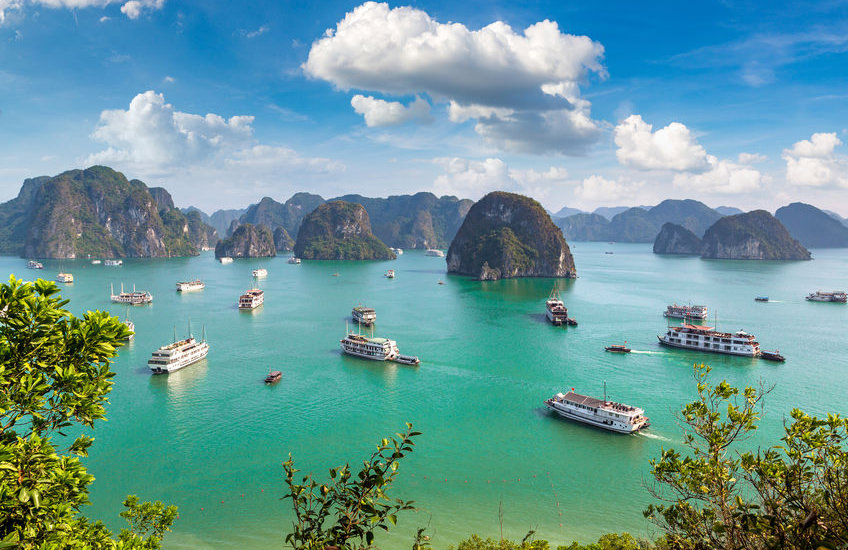
Overall, Halong Bay in Vietnam is an extraordinary destination that offers breathtaking natural beauty and a unique cultural experience. With its towering limestone islands, emerald green waters, and diverse marine life, Halong Bay has become a must-visit location for travelers from around the world. Whether you choose to explore the bay by boat, kayak, or even overnight on a traditional junk boat, you are guaranteed to be mesmerized by the spectacular scenery. As one of Vietnam's most iconic landmarks, Halong Bay continues to attract tourists seeking adventure, relaxation, and a glimpse into the country's rich history. So, if you are planning a visit to Vietnam, don't miss the opportunity to discover the magical beauty of Halong Bay!







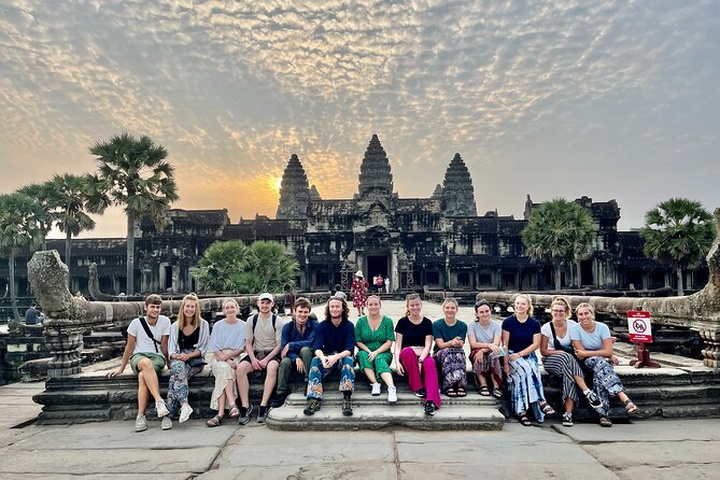

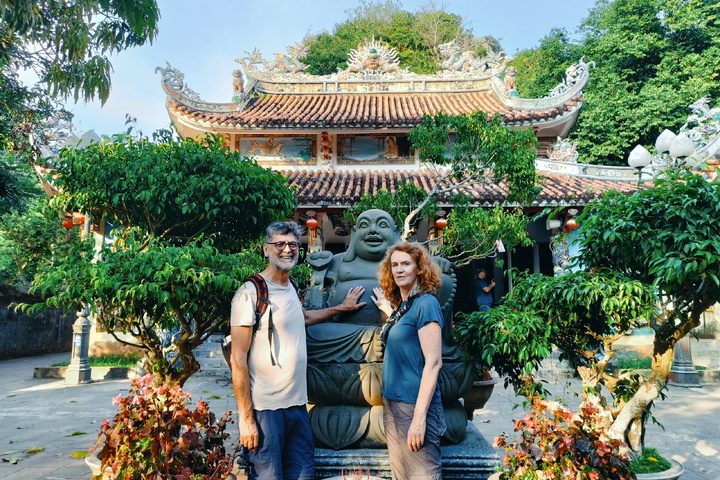
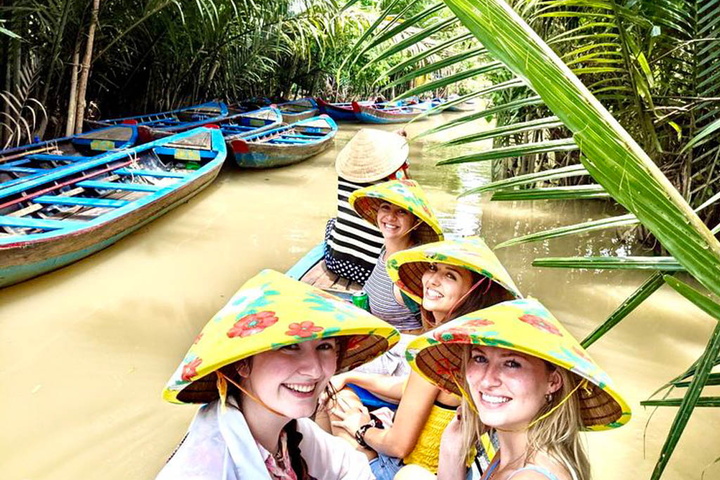
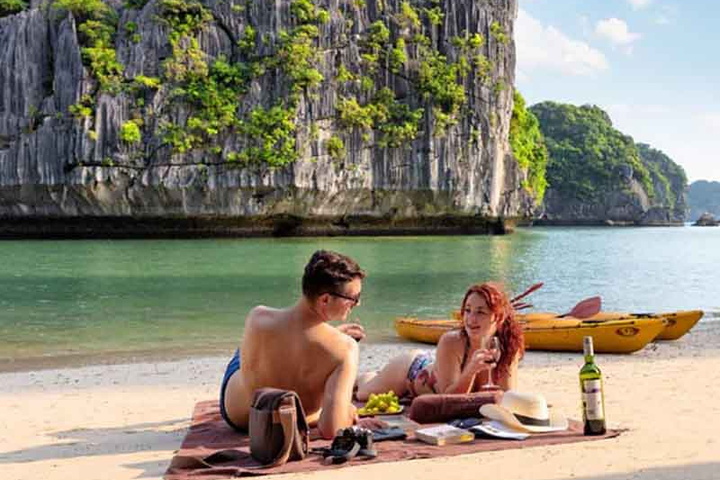


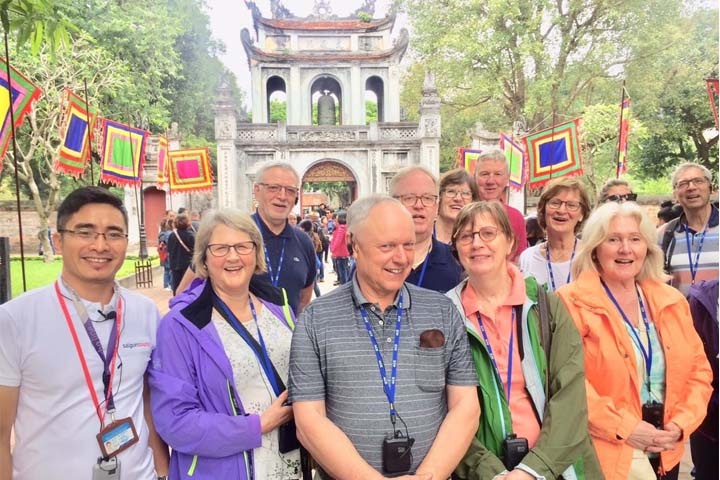
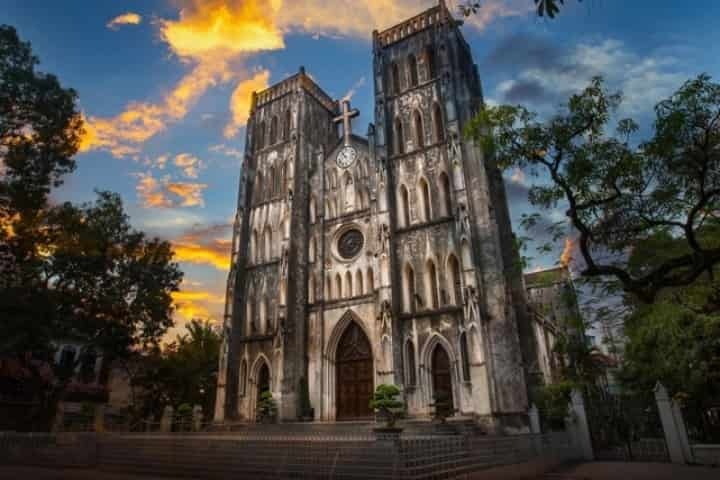
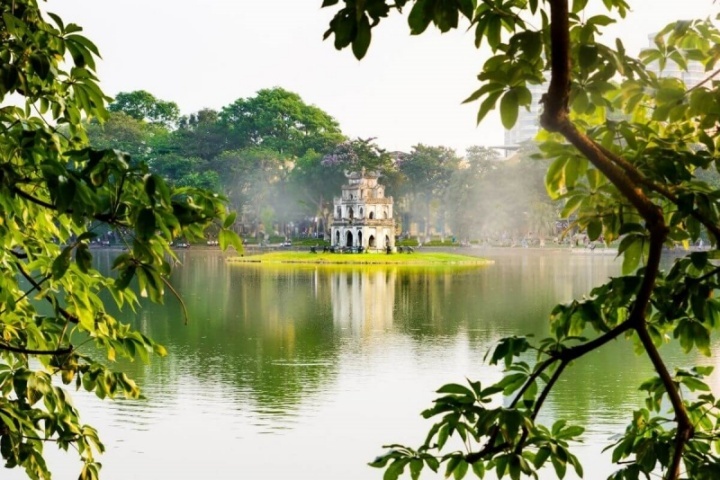

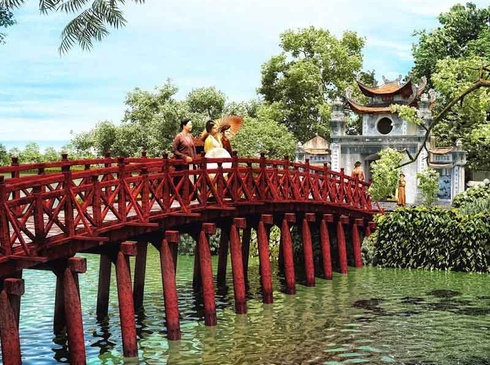
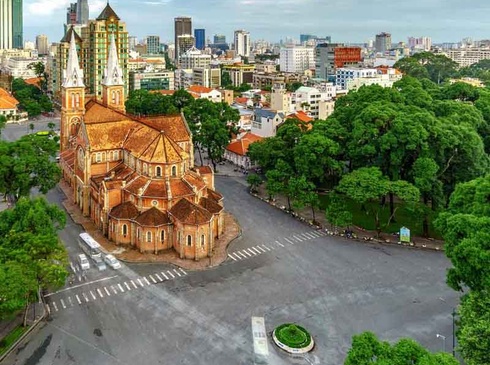
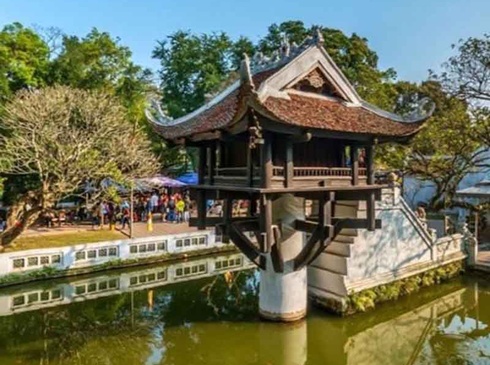
There are 0 comments, reviews about Halong Vietnamese: Scenic Beauty and Cultural Heritage of Vietnam's Ha Long Bay.
AAdminAdmin
Welcome, honored guests. Please leave a comment, we will respond soon